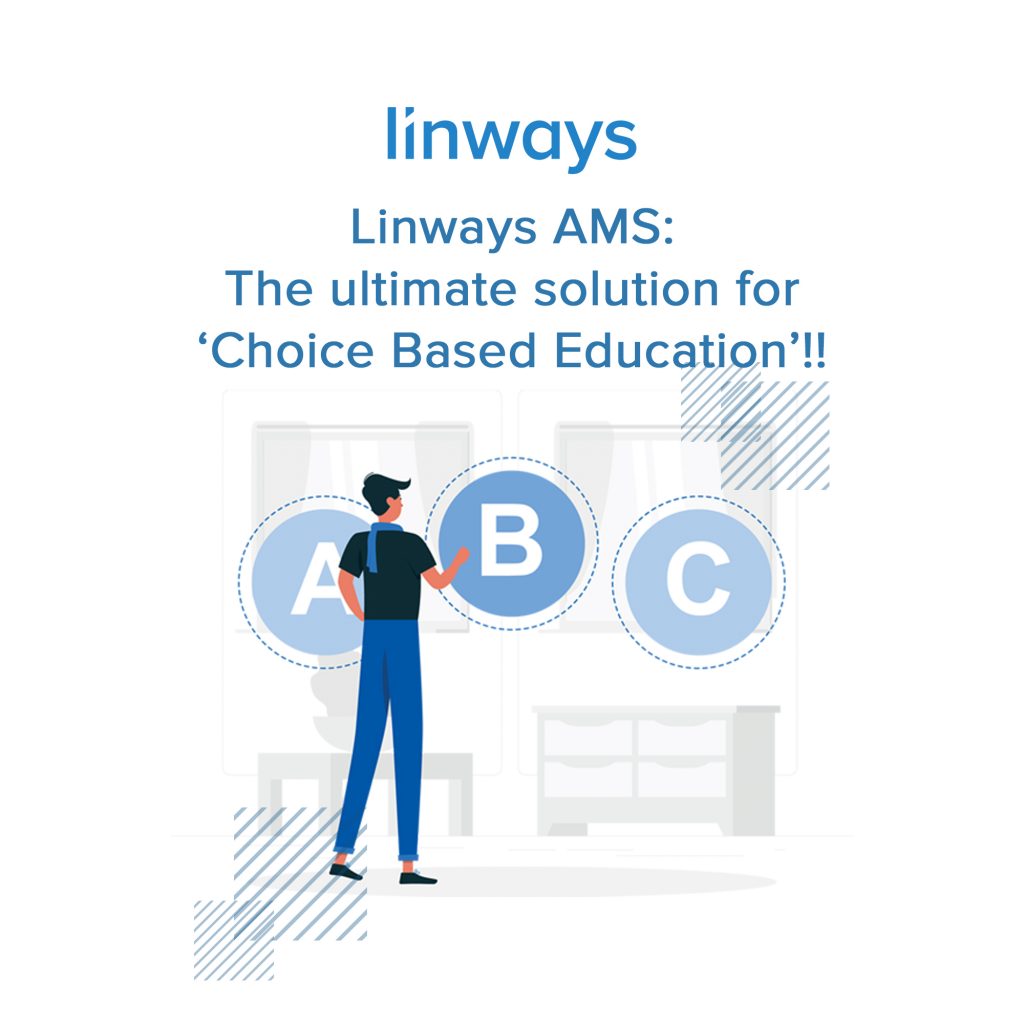
Choice Based Education and Choice Based Credit System.
Some time ago, the UGC published guidelines for introducing Choice Based Credit System in higher education institutions. Since then, colleges and universities have been adopting CBCS into their teaching-learning across all domains. According to the Choice Based Credit System (CBCS), the students can choose the prescribed courses, as an elective or soft skill from a range of options, rather than simply consume what the curriculum offers.
The assessment grades are awarded based on a credit system.
It provides an opportunity for students to choose courses or subjects within a programme resembling a buffet, against the mostly fixed set of subjects now being offered (except for the limited choice of electives in professional degrees and postgraduate programmes). It offers the flexibility to complete the programme by earning the required number of credits.
We discussed Choice Based Credit system in earlier our blog. You can check it out here.
Linways Academic Management System has CBCS which helps institutions to implement Choice Based Education with ease and minimal managerial overhead. Besides sharing info, we wanted our users to learn, and to be able to implement such creative solutions to improve the quality of education. With Linways AMS, it’s easier than ever to implement and great to work with.
Here’s how Linways AMS features CBCS.
Step 1 – The authorized person defines the elective courses in the AMS.
Step 2 – The student applies through the platform.
Step 3 – Preferred electives are allocated to the students based on the criteria/workflow that the institution defines.
Step 4 – The students pay the fees for their chosen electives if required.
There are multiple criteria to ensure that the whole process of selection and allocation of electives is properly aligned with the overall workflow of the institutions.
- The allocation of electives can be moderated/regulated with a rank list that’s generated based on the criteria/workflow which the institution defines.
- Courses will be allocated for students based on their position in the rank list.
- The selection process of the electives can also be set to first-come-first-serve, where the students who apply for the course early get the course. So the application is closed once the vacant seats are filled.
- The institution can group electives which allow students to apply for a group instead of individual subjects. Institutions can further divide this grouping to accommodate more unique requirements of institutions. Institutions can decide if the students can only apply for a:
- whole group, which offers a combined preset of electives, or
- open group electives where students can apply one from each group.
- Once the students have chosen electives, students can pay the fees for the courses through Linways AMS.
Advantages of Choice Based Credit System
- The CBCS offers a ‘cafeteria’ approach in which the students can choose courses of their own choice.
- The credit system allows a student to study what he/she prefers as per his/her interests.
- Students can learn at their own pace.
- They can also opt for additional courses and score more than the required credits.
- Intercollege/university migration within the country and outside will become easier with the transfer of credits. This means that it will be easier for students to migrate and universities to offer courses beyond borders.
- Students can opt for one part of the course in one institution and the other part in another institution.
- The system will help potential employers to assess the performance of students on a unified scale.
If you are interested, head over to Linways Choice Based Education or schedule a guided tour of the platform and we’ll be in touch.
Also published on Medium.



